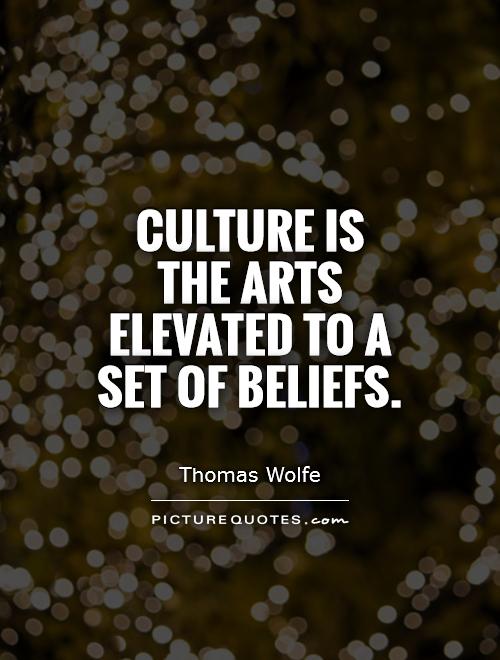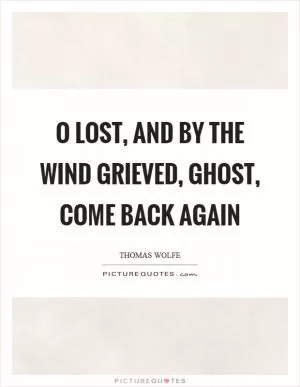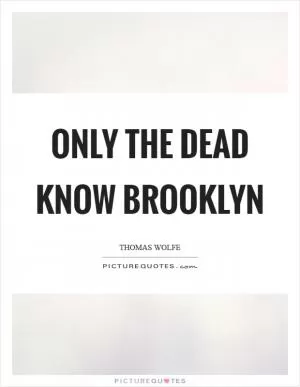Culture is the arts elevated to a set of beliefs

Culture is the arts elevated to a set of beliefs
Thomas Wolfe, a renowned American novelist, once said, “Culture is the arts elevated to a set of beliefs.” This statement encapsulates the essence of how art and beliefs intertwine to form the fabric of a society's culture. In the context of Thomas Wolfe's words, culture can be seen as a reflection of a society's values, traditions, and beliefs, all of which are expressed and preserved through various forms of art.Art, in its many forms such as literature, music, visual arts, and performing arts, serves as a medium through which individuals can express their beliefs, emotions, and experiences. Through art, people can communicate their ideas, challenge societal norms, and inspire change. Art has the power to evoke emotions, provoke thought, and spark conversations that can shape the beliefs and values of a society.
When art is elevated to a set of beliefs, it becomes an integral part of a society's culture. Beliefs are deeply held convictions that guide individuals' actions and shape their worldview. When art is infused with beliefs, it becomes a powerful tool for conveying and reinforcing cultural values. For example, literature can be used to preserve and transmit cultural heritage, music can be used to celebrate and express cultural identity, and visual arts can be used to reflect societal norms and values.
In this sense, culture can be seen as a living, breathing entity that is constantly evolving and adapting to the changing beliefs and values of a society. Art plays a crucial role in this process by capturing the essence of a culture at a particular point in time and preserving it for future generations. Through art, individuals can connect with their cultural roots, gain a deeper understanding of their heritage, and contribute to the ongoing evolution of their culture.












 Friendship Quotes
Friendship Quotes Love Quotes
Love Quotes Life Quotes
Life Quotes Funny Quotes
Funny Quotes Motivational Quotes
Motivational Quotes Inspirational Quotes
Inspirational Quotes